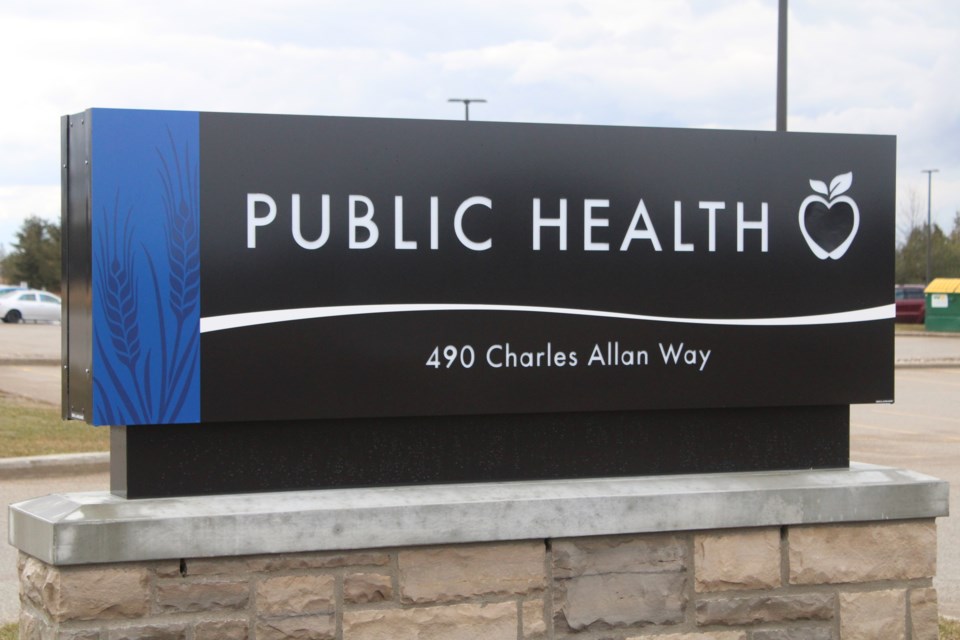COUNTY OF WELLINGTON – Local Public Health officials say that lifting physical distancing measures too soon could overwhelm the local healthcare system in the region and result in thousands of deaths.
At a meeting of Wellington County Council Thursday, Dr. Matthew Tenenbaum, associate medical officer of health for Wellington-Dufferin-Guelph Public Health, showed modelling for different scenarios of lifting physical distancing measures and the impact they would have on hospitals and the number of cases.
Dr. Tenenbaum presented three models: Scenario A, where physical distancing is applied for a period of three months (from its March start); Scenario B, where physical distancing is applied for a period of 12 months; and Scenario C, where physical distancing is applied dynamically based on provincial ICU capacity.
“This modelling is quite helpful we think, and it helps get our head around what we might expect in the coming months and perhaps a couple of years,” Dr. Tenenbaum said to council at the virtual meeting, noting that with the fluid nature of COVID-19, the projections could become outdated with time.
The models are based on many assumptions, one being that there won’t be a vaccine or widespread vaccination for at least two years. Therefore the models are based on a two-year period.
Dr. Tenenbaum explained that Scenario A would have significant impacts and overwhelm the healthcare system in the region. The model estimated more than half the population would at some point become ill, with nearly 3,000 deaths. Estimates show nearly 500 new daily hospitalizations at the peak.
Scenario B would have much more reduced impact with less than 20 per cent of the population being infected and under 200 deaths. Scenario C would have the least impact with three per cent of the population being infected and just over 100 deaths.
“What we can see across the three scenarios is that the kinds of numbers and patterns are quite different,” Dr. Tenenbaum said to council. “The key meaning of this is that the decisions being made about physical distancing, and how long it will be implemented, have really significant impacts on the kind of reality we are going to see.”
While Scenario C at a glance seems like the best option, chief medical officer of health Dr. Nicola Mercer said this model will prove difficult to implement because it doesn’t have a set timeline for when things open and close. Mercer told council it is not favoured by provincial health officials either.
“Model C is not very politically palpable and it’s certainly not palpable for the broader economy,” Mercer said to council.
Dr. Tenenbaum said another issue with the modelling projections are that it can only account for community spread and does not account for transmission in institutional settings such as long-term care homes where the brunt of the pandemic is being felt.
Recent data has seemed promising around reaching the peak of the pandemic, but Dr. Tenenbaum stressed that we won’t necessarily stay on the same trajectory.
“If decisions are made about how we are going to change or roll back distancing measures we have in place, that will change the trajectory we are on,” Dr. Tenenbaum said to council. “It really should change our expectations and the kind of reality we plan for.”
As of Thursday morning, the WDG Public Health region has 274 confirmed cases and 21 deaths from COVID-19.



